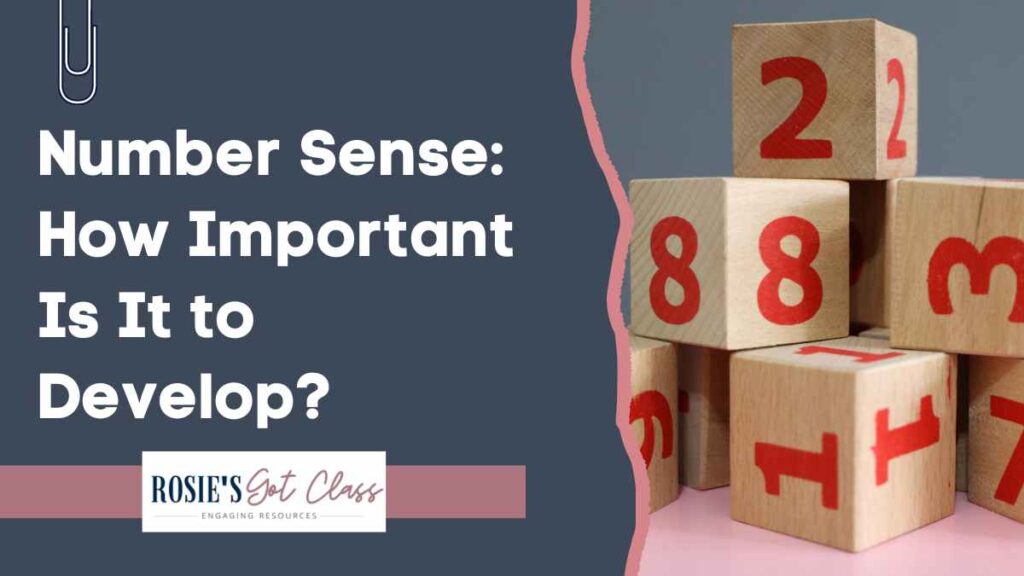
Number sense is a critical part of math, but what does it really mean? It is the group of skills people use to work with numbers. These skills include understanding that a number represents both a quantity and a symbol, knowing how to solve real-world math problems, recognizing the relationships between numbers, and comprehending how quantities compare to one another. In addition, it involves understanding how numbers can be combined and separated, recognizing the order of numbers, and grasping how and when to use addition and subtraction. For first and second grade students, developing number sense is crucial for their overall success in math.
As you are helping your students develop number sense, number writing is an important skill. Make practicing writing numbers fun and engaging with this FREE Neat Number Club. Your class will be excited to write their numbers with this math activity. You will love it because your students will be practicing writing numbers correctly after you simply print it out. Put your name and email address in the boxes and then look for Neat Number Club in your inbox. Happy number writing!
Let’s discuss the skills that help young children need to develop number sense. All of these components work together to make up number sense.
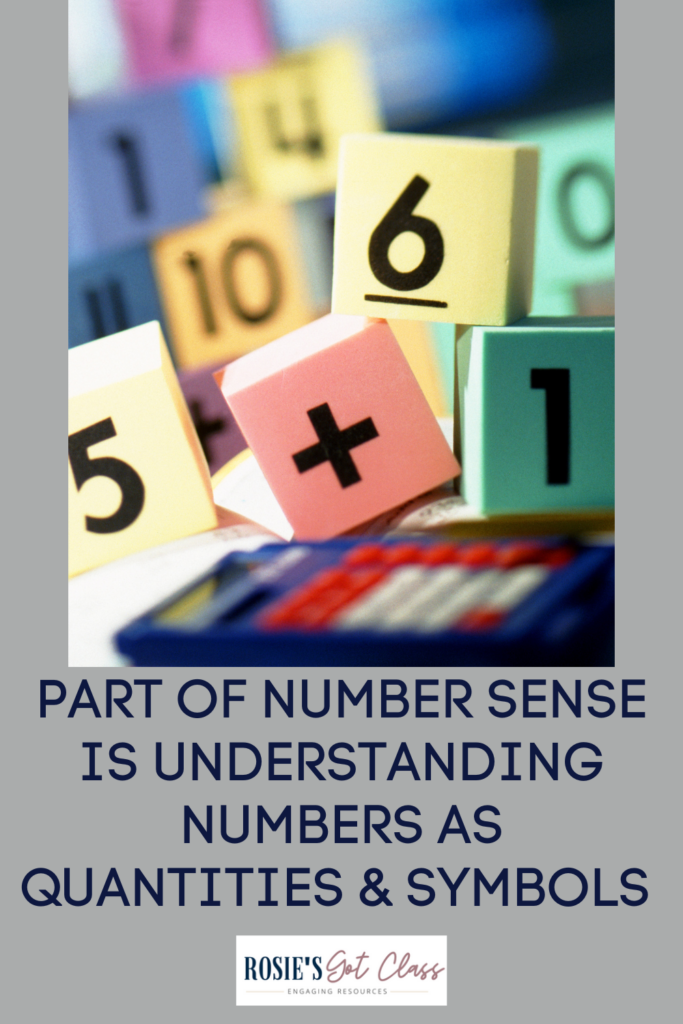
Part of Number Sense is Understanding Numbers as Quantities and Symbols
First, number sense is the understanding that numbers represent both quantities and symbols. This concept might seem simple, but it forms the foundation for all learning about math. For example, the number 5 is not just a symbol but also represents a quantity of five objects. Engaging students in activities that connect numbers with physical quantities can reinforce this understanding. Counting objects, using manipulatives like counters, and visualizing numbers on number lines are effective strategies to help students grasp this concept.
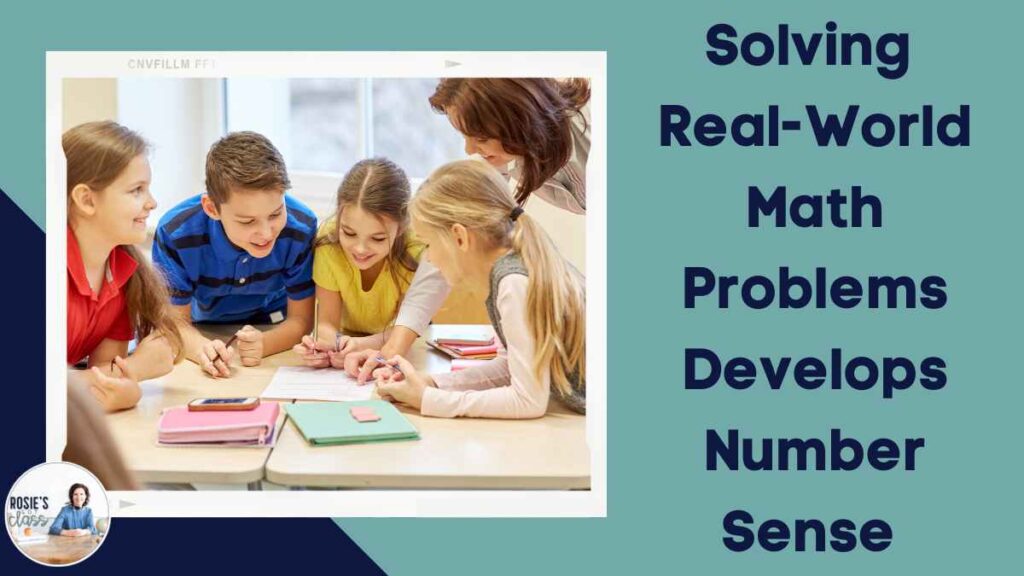
Solving Real-World Math Problems Develops Number Sense
Real-world math problems provide relevance and help students see the practical application of their math skills. To develop number sense, it’s important for students to encounter math problems that relate to their everyday experiences. For instance, if you ask students to calculate the total number of toys if they have three toys and their friend gives them two more is a real life example. They can also determine how many more blocks are needed to build a tower of a certain height which makes math meaningful. Encouraging students to explain their reasoning further deepens their understanding.
Understanding Relationships Between Numbers
Recognizing the relationships between numbers is a key aspect of number sense. Students should understand how numbers are connected and how they can be grouped or compared. The relationship between 10 and 100 can be explored by discussing place value and how ten groups of ten make one hundred. Activities like skip counting, using number charts, and exploring patterns in numbers can help students see these relationships. Additionally, using tools like base-ten blocks or place value mats can make these concepts more tangible.
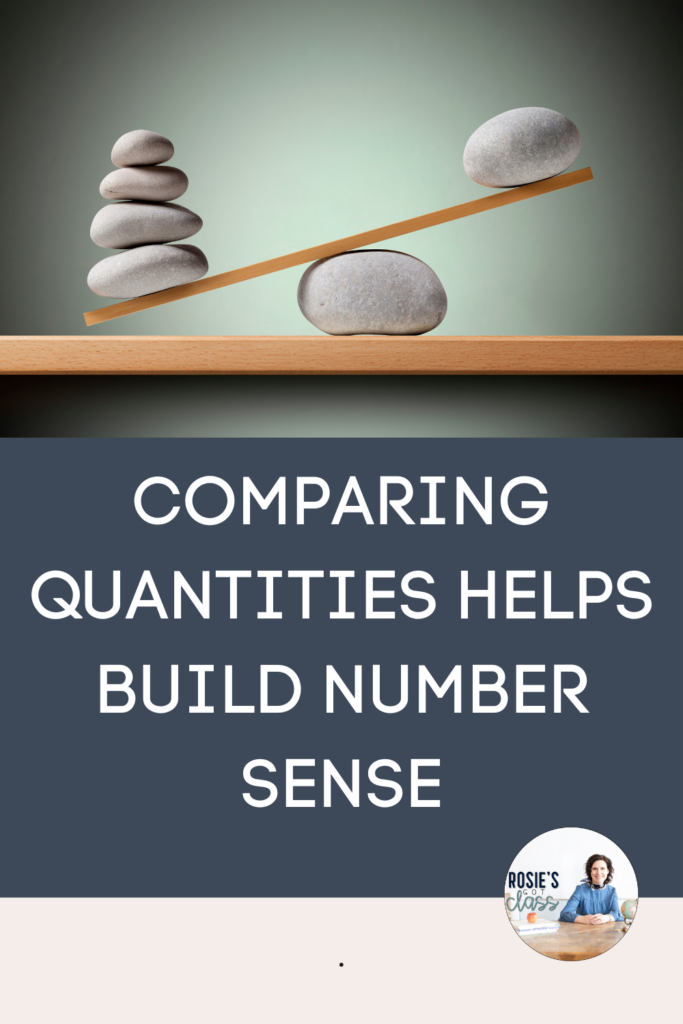
Comparing Quantities Helps Build Number Sense
Children also need to understand how quantities compare to each other. They need to grasp that 5 is more than 3 and that numbers can be ordered from smallest to largest. Engaging students in activities that involve comparing quantities can be done by sorting objects into groups and then comparing the quantities. You can also play games that involve greater than and less than comparisons to strengthen this skill. Comparison charts or pictorial representations can also be helpful.
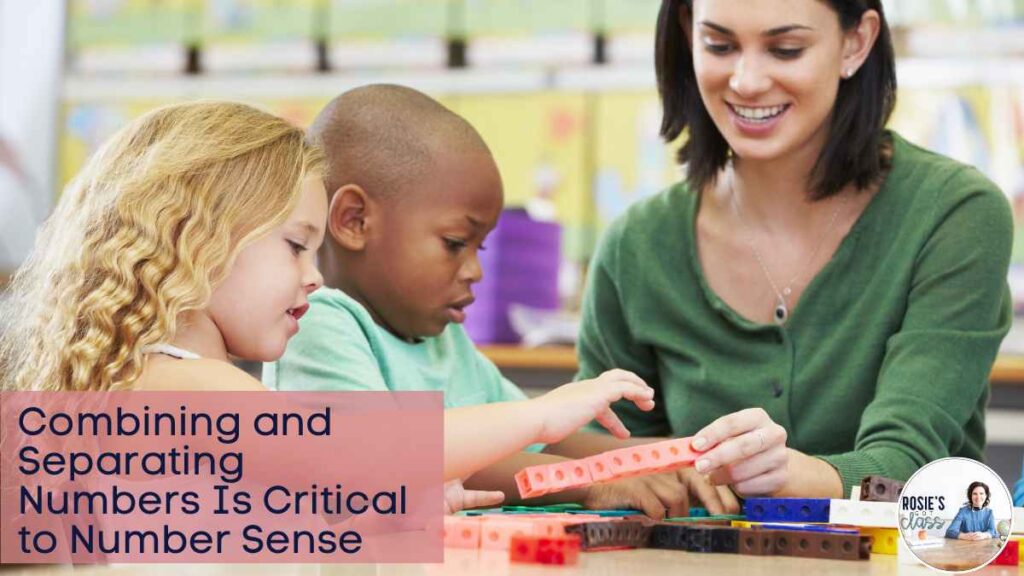
Combining and Separating Numbers is Critical to Number Sense
The ability to combine and separate numbers is fundamental to addition and subtraction. Students should understand that numbers can be put together to form larger numbers or taken apart to form smaller numbers. Activities that involve grouping objects, decomposing numbers into smaller parts, and using manipulatives to physically combine and separate quantities can help students internalize these concepts. For example, using ten frames to explore different ways to make ten or using counters to solve addition and subtraction problems can make these abstract concepts more concrete.
Understanding the Order of Numbers
Recognizing the order of numbers is essential for developing a sense of numerical sequence. Students should understand ordinal numbers (1st, 2nd, 3rd, etc.) and their significance in ordering objects or events. Engaging students in activities that involve sequencing, such as arranging number cards in order, creating timelines, or using number lines, can reinforce this understanding. Incorporating stories or real-life scenarios where students need to determine the order of events can also make learning about ordinal numbers more engaging.
Mastering Addition and Subtraction
Addition and subtraction are fundamental operations in math and understanding when to use them is a crucial part of number sense. Students should learn various strategies for solving addition and subtraction problems. These strategies include counting on, using number lines, and understanding the concepts of “part-part-whole.” Providing students with a variety of problem-solving experiences, both with and without manipulatives, can help them develop a flexible understanding of these operations. For example, using story problems that require addition or subtraction, playing math games that involve these operations, and practicing strategies during math centers can all contribute to building number sense.
In conclusion, developing number sense is a critical component of math in early elementary grades. By understanding that numbers represent both quantities and symbols, solving real-world math problems, recognizing relationships between numbers, comparing quantities, combining and separating numbers, understanding the order of numbers, and mastering addition and subtraction, students can build a strong math foundation. Incorporating engaging activities, hands-on experiences, and practical strategies can make learning about numbers both enjoyable and effective.
Here are some other articles you may enjoy.


